Biochemistry of Selenium By Raymond Shamberger
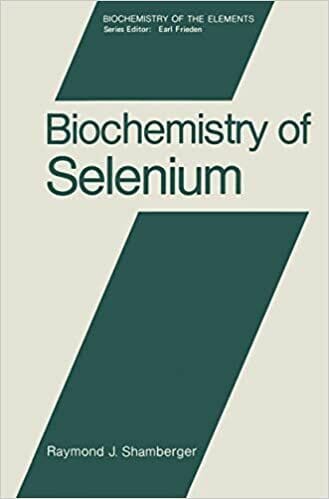
By Raymond Shamberger
In recent years many exciting research results have indicated that selen- ium, depending on its concentration, can influence mammalian metabo- lism. It has been estimated that in selenium-deficient areas, selenium or selenium-vitamin E combinations added to animal feed can prevent an- nuallosses to beef and dairy cattle and sheep valued at 545 million dollars and poultry and swine losses valued at 82 million dollars. Some animal diseases that can be prevented by a selenium-supple- mented diet include liver necrosis, nutritional muscular dystrophy, exu- dative diathesis, pancreatic degeneration, mulberry heart disease, infer- tility, growth impairment, periodontal disease, and encephalomalacia. Selenium intake levels are dependent on the plant or animal feed con- centrations, which, in turn, are dependent on the pH of the soil and the types of rocks from which the soils are derived. At normal metabolic levels selenium possesses an antioxidant affect manifested through glutathione peroxidase, and selenium also has an ef- fect on cytochrome P-450 and heme metabolism. Comparisons are made between metabolism of selenium and sulfur in plants, animals, and hu- mans. At greater selenium intake levels acute poisoning occurs when high-selenium-content (10,000 ppm Se) plants are consumed in large quan- tities. The toxic reactions were first manifested in cavalry horses near Fort Randall, Nebraska, in the 1860s.
| File Size | 18 MB |
| File Format | |
| Download link | Free Download | Become a Premium, Lifetime Deal |
| Support & Updates | Contact Us | Broken Link |
| Join Our Telegram Channel |  |


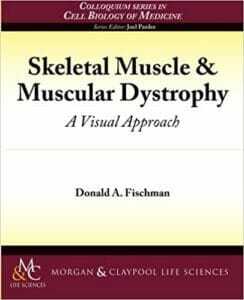
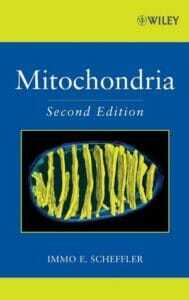
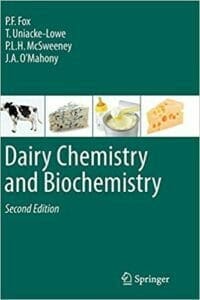
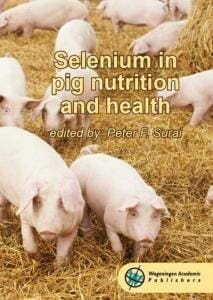







![Ettinger’s Textbook of Veterinary Internal Medicine 9th Edition [PDF+Videos] Ettinger’s Textbook of Veterinary Internal Medicine 9th Edition [True PDF+Videos]](https://www.vet-ebooks.com/wp-content/uploads/2024/10/ettingers-textbook-of-veterinary-internal-medicine-9th-edition-100x70.jpg)

![Textbook of Veterinary Diagnostic Radiology 8th Edition [PDF+Videos+Quizzes] Thrall’s Textbook of Veterinary Diagnostic Radiology, 8th edition PDF](https://www.vet-ebooks.com/wp-content/uploads/2019/09/textbook-of-veterinary-diagnostic-radiology-8th-edition-100x70.jpg)






